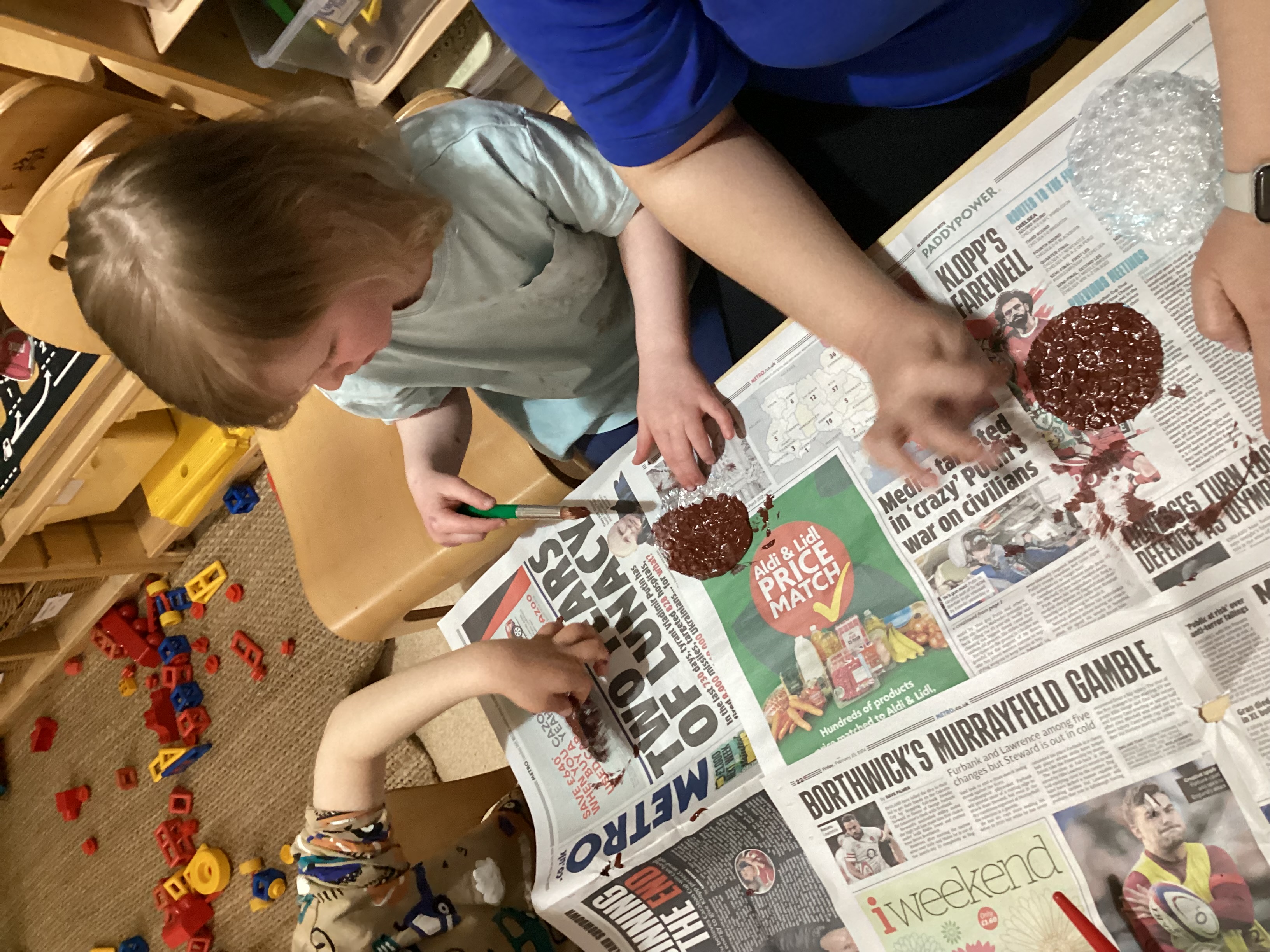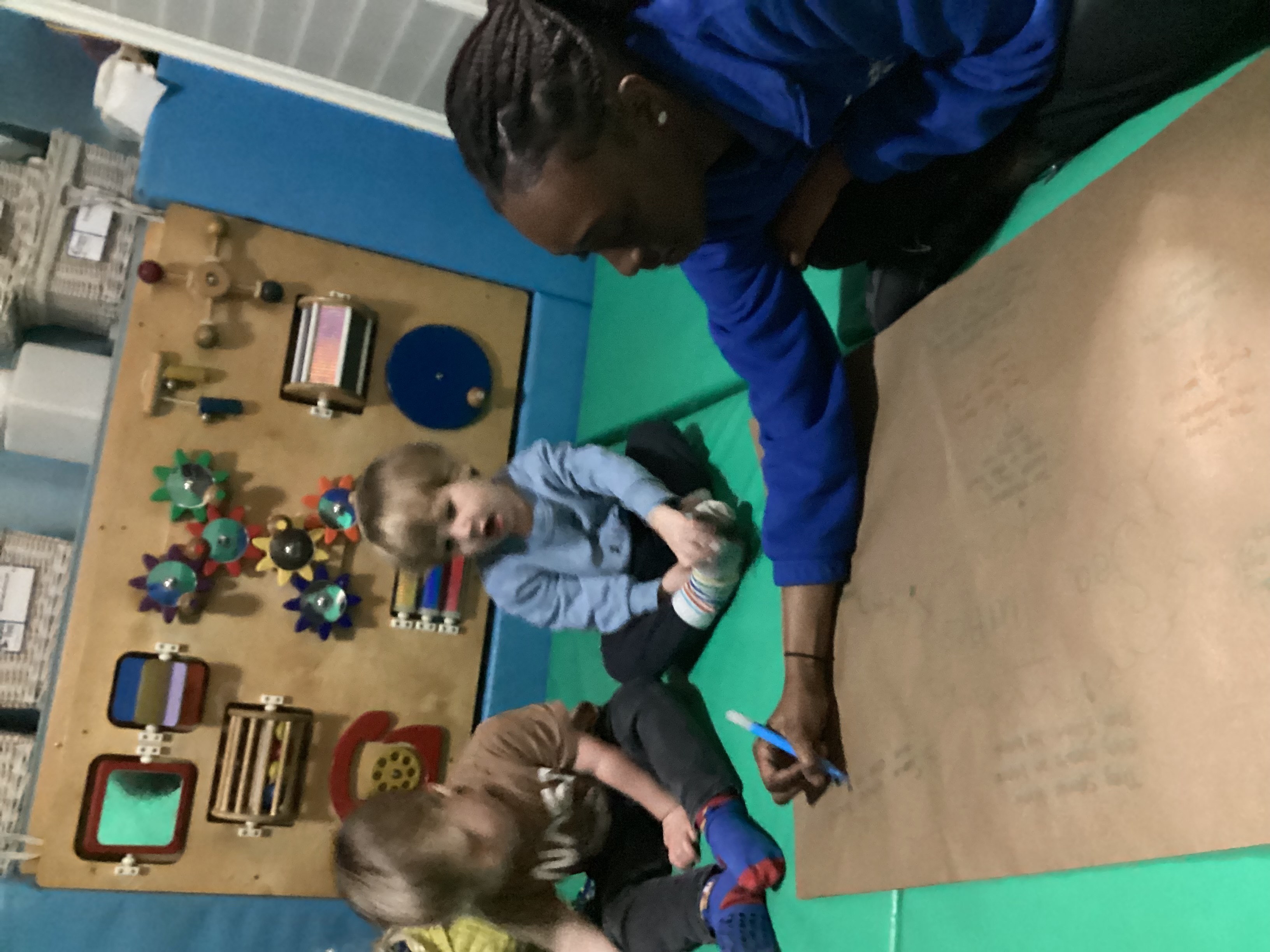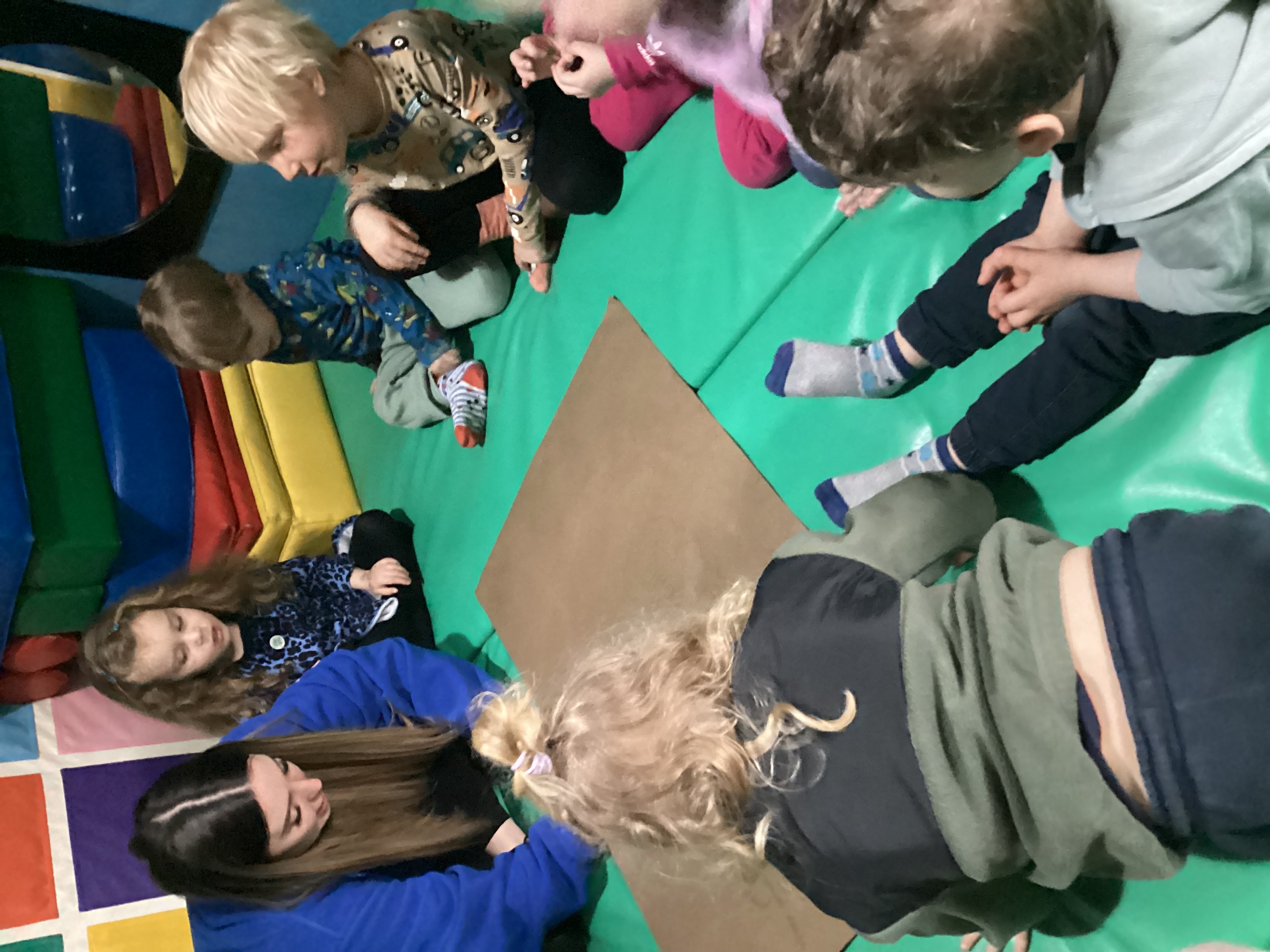Life cycle of a Sea Turtle
Life cycle of a Sea Turtle (1)
Life cycle of a Sea Turtle
This week preschool looked into the life cycle of a Turtle. We began our investigations by creating a mind map of what we already knew about turtles, and to add to our mind map we then watched a short clip which explained their life cycle in further detail. Once we had watched the clip we then referred back to our mind map, to see what we had learned from the clip. Kurtys also explained and showed preschool an experience of real life pictures, of a tiny turtle release when she was on holiday in Cyprus, and the children enjoyed looking at these pictures and said the Turtles were ‘so tiny!’.
Preschool discovered that an adult turtle lays its eggs in the sand, then covers them back up with sand on the beach and digs a very deep hole to make sure people do not step on the eggs. It takes 45-60 days for the egg to hatch and we learnt a very interesting fact which was, ‘if the weather and sand is hot, it is more than likely that the egg will become a girl, and if it is colder in temperatures then the egg will most likely become a boy.’
To explore our new findings, we enjoyed a tuff tray with a beachy theme and the sea to represent the life cycle of the turtle. The sea was recreated using blue jelly baff to encourage the exploration of feeling different textures, eggs in the sand to represent the egg nest and using a torch, we represented the moonlight which reflects on the sea for the turtles direction in which they need to go once they hatch. Whilst at the tray the children learnt some knew key words to describe the different stages of the life cycle, such as ‘reflection, hatchling and juvenile turtle’.
The children thoroughly enjoyed learning the life cycle of a turtle. Well done preschool!








